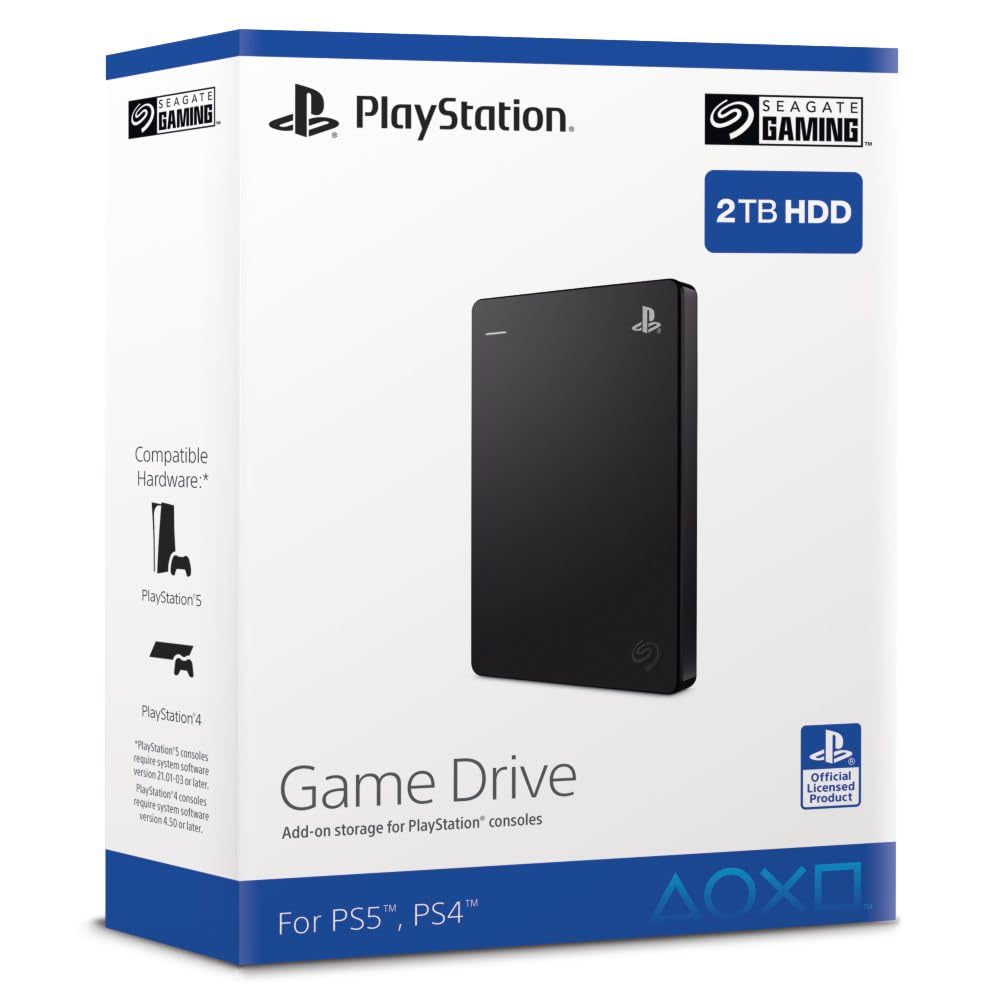If you are experiencing glitches, slow menus, and freezing on your PS4, this article provides tips to solve these issues.
Restart Your Console
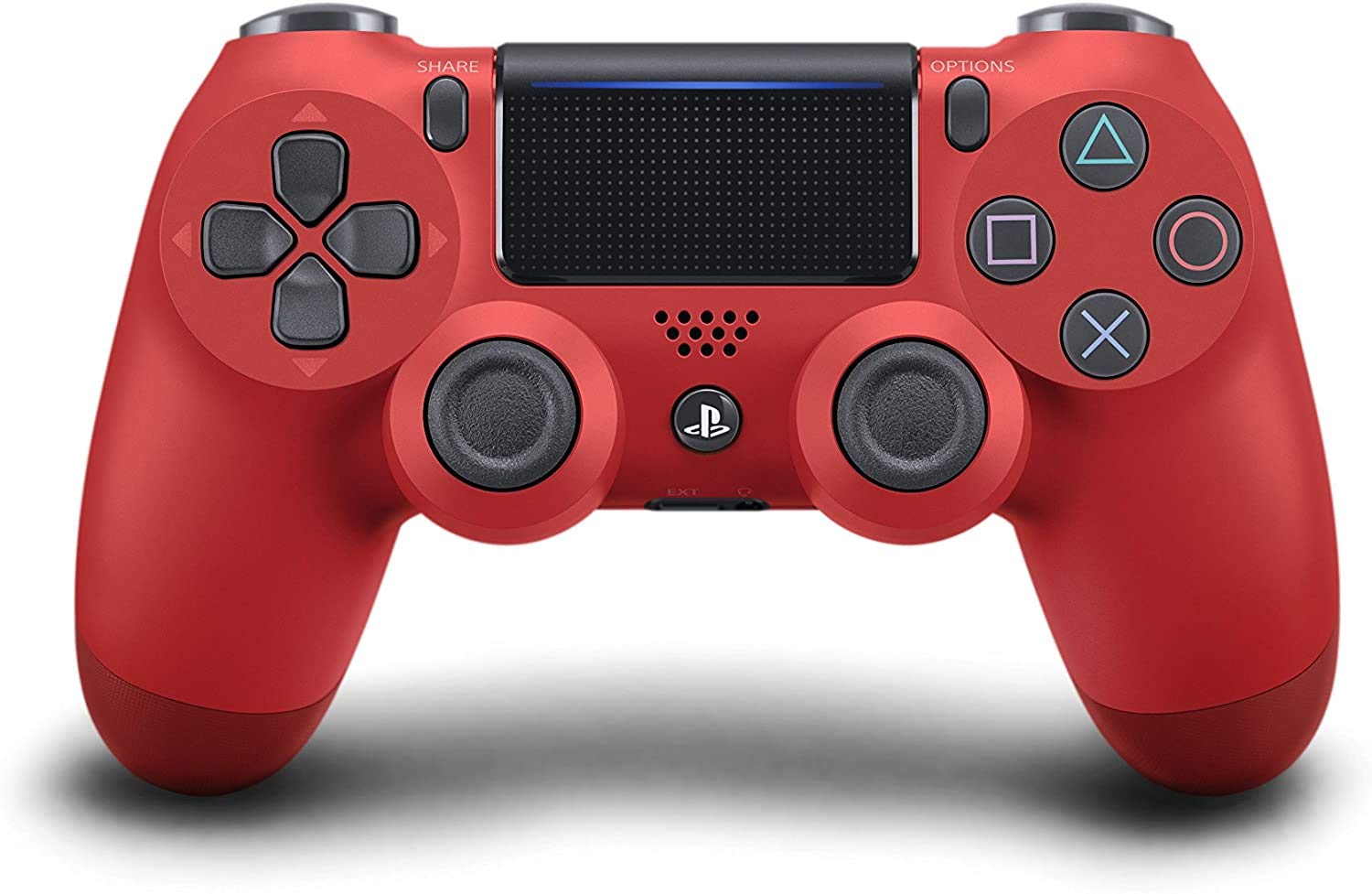
To restart your PS4, follow these steps:
1. Press and hold the power button on the front of the console until you hear a beep and the system turns off.
2. Once the console is off, unplug the power cable from the back of the console.
3. Wait for a few minutes, then plug the power cable back in.
4. Press the power button again to turn on your PS4.
By restarting your console, you are essentially giving it a fresh start, allowing it to clear any temporary data or processes that may be slowing it down or causing it to freeze. This can often resolve issues with slow and laggy menus, as well as freezing during gameplay.
If the problem persists after restarting your console, you may want to consider other troubleshooting steps such as checking for software updates, freeing up storage space, or even performing a full system reset.
Optimize Your Internet Connection
1. Check your internet speed: Use an online speed test tool to measure your internet connection’s speed. If it’s below the recommended speed for online gaming, consider upgrading your internet plan.
2. Connect via Ethernet: Wired connections are generally more stable and faster than Wi-Fi. Connect your PS4 directly to your router using an Ethernet cable for a more reliable connection.
3. Position your router properly: Keep your router in a central location, away from walls and other electronic devices that may interfere with the signal. This will help ensure a strong and stable Wi-Fi connection.
4. Reduce interference: Other devices in your home, such as cordless phones or microwave ovens, can interfere with your Wi-Fi signal. Keep them away from your router or use a different channel to minimize interference.
5. Close bandwidth-hungry applications: Close any applications or devices that are consuming a lot of bandwidth, such as streaming services or downloads, before playing games online. This will free up bandwidth for your PS4.
6. Clear cache and cookies: Clearing the cache and cookies on your PS4 can help improve its performance. Go to Settings > Storage > System Storage > Temporary Files and delete them.
7. Update your software: Ensure that your PS4’s software is up to date. Software updates often include bug fixes and performance improvements that can help resolve glitches and lag.
8. Use a wired controller: If you’re experiencing input lag with your wireless controller, try using a wired controller instead. This can eliminate any potential interference or connectivity issues.
9. Optimize your DNS settings: Changing your DNS settings to a faster and more reliable DNS server can improve your internet connection speed. Go to Settings > Network > Set Up Internet Connection > Custom > Automatic > Do Not Specify > Manual and enter the preferred DNS settings.
10. Consider using a VPN: If you’re experiencing lag or slow speeds due to network congestion or privacy concerns, try using a VPN. A VPN can help improve your connection speed and protect your privacy while gaming online.
Free Up or Replace Hard Drive Space
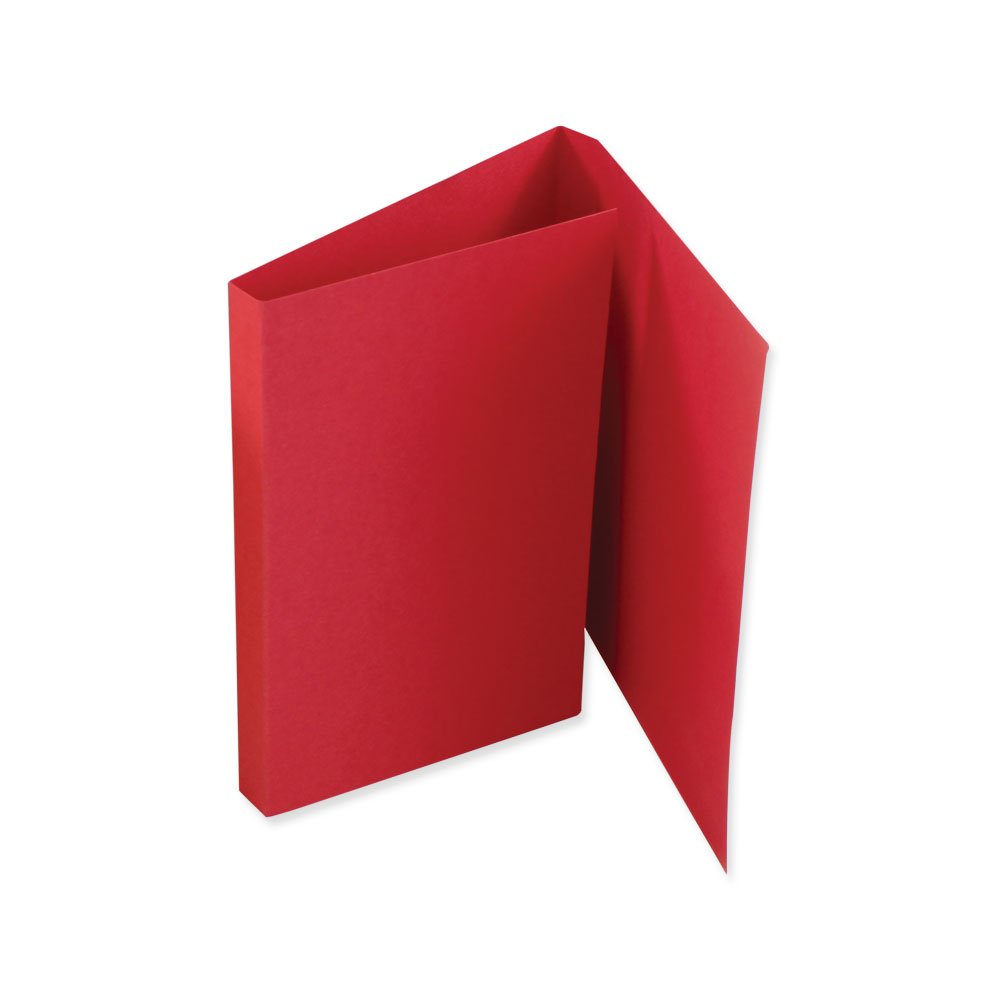
1. Delete unnecessary files: Start by removing any unused games, videos, or applications from your PS4’s hard drive. This will free up valuable space and help improve performance.
2. Clear cache: Clearing the cache can also help resolve slow menus and freezing issues. To do this, go to Settings > Storage > System Storage > Saved Data > Temporary Files. Delete any unnecessary files here.
3. Rebuild database: Sometimes, a corrupted database can cause glitches on your PS4. Rebuilding the database can help fix this issue. Turn off your PS4, then press and hold the power button until you hear two beeps. Connect your controller via USB and select “Rebuild Database” from the Safe Mode menu.
4. Use an external hard drive: If you’re running out of space on your PS4’s internal hard drive, consider using an external hard drive for storing games and media. This can help improve performance and reduce lag.
5. Upgrade your hard drive: If you’ve tried all the above and still experience issues, it may be time to upgrade your PS4’s hard drive. Consider replacing it with a larger capacity drive or an SSD for faster loading times.
Remember to regularly clean your PS4 to prevent dust buildup, as this can also affect its performance. Consider using tools like EaseUS Partition Master to manage your hard drive partitions effectively.
Rebuild the Database
| Problem | Possible Solutions |
|---|---|
| Slow and laggy menus |
|
| Freezing or system crashes |
|
| Rebuilding the PS4 database |
|
Update System Firmware
To solve slow and laggy menus, as well as freezing issues on your PS4, one important step is to update the system firmware. Firmware updates often include bug fixes and performance improvements that can help resolve glitches. Here’s how to update your PS4 firmware:
1. Make sure your PS4 is connected to the internet. You can do this by connecting it to your home network via Wi-Fi or using an Ethernet cable.
2. Go to the Settings menu on your PS4. You can access this by selecting the gear icon on the home screen.
3. Scroll down and select “System Software Update”. This will check for any available firmware updates for your PS4.
4. If an update is available, select “Update Now” and follow the on-screen instructions to download and install the update. Make sure your PS4 is plugged in and doesn’t turn off during the update process.
5. Once the update is complete, restart your PS4 to apply the changes.
Updating your PS4 firmware regularly can help keep your system running smoothly and minimize glitches. Remember to also keep your games and applications updated for optimal performance.
If you continue to experience issues after updating the firmware, it may be worth considering other troubleshooting steps such as freeing up disk space, cleaning the console to remove any dust buildup, or checking your internet connection for any lag issues.
Clean Your Console for Better Performance

1. Start by turning off your PS4 and unplugging it from the power source.
2. Use a soft, dry cloth to gently wipe the exterior of your console. Avoid using any liquid cleaners or abrasive materials that could damage the surface.
3. Carefully remove the top cover of your console to access the internal components. Use compressed air or a small brush to remove any dust or debris that may have accumulated inside. Pay special attention to the vents and fan areas, as these can get clogged easily.
4. If your console has a removable hard drive, take it out and gently clean the contacts with a soft cloth. Make sure to reinsert it securely once clean.
5. Clean your game discs by wiping them gently with a microfiber cloth, starting from the center and moving outward. Avoid using any harsh chemicals or abrasive materials that could scratch the disc.
6. Finally, plug your console back in and turn it on. Check if the cleaning has improved the performance and reduced any glitches or lag.
Check and Maintain Hard Drive Health
- Step 1: Power off your PS4 and unplug it from the power source.
- Step 2: Remove the hard drive cover on the side of your PS4 console.
- Step 3: Carefully disconnect the hard drive from the console.
- Step 4: Use a soft cloth or compressed air to clean the connectors on the hard drive.
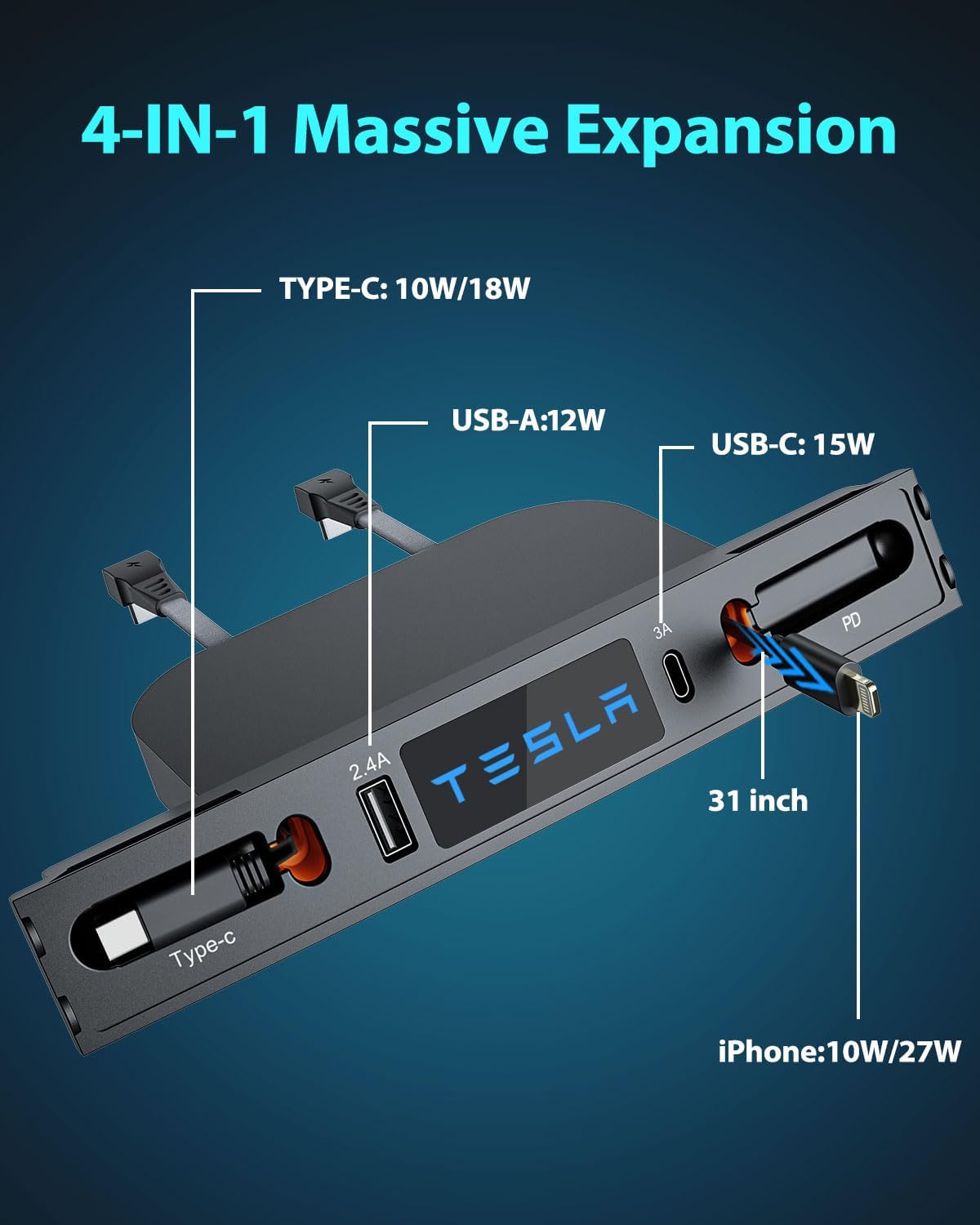
- Step 5: Reconnect the hard drive to the console securely.
- Step 6: Put the hard drive cover back on and securely fasten it.
- Step 7: Plug your PS4 back into the power source and power it on.
- Step 8: Navigate to the “Settings” menu on your PS4.
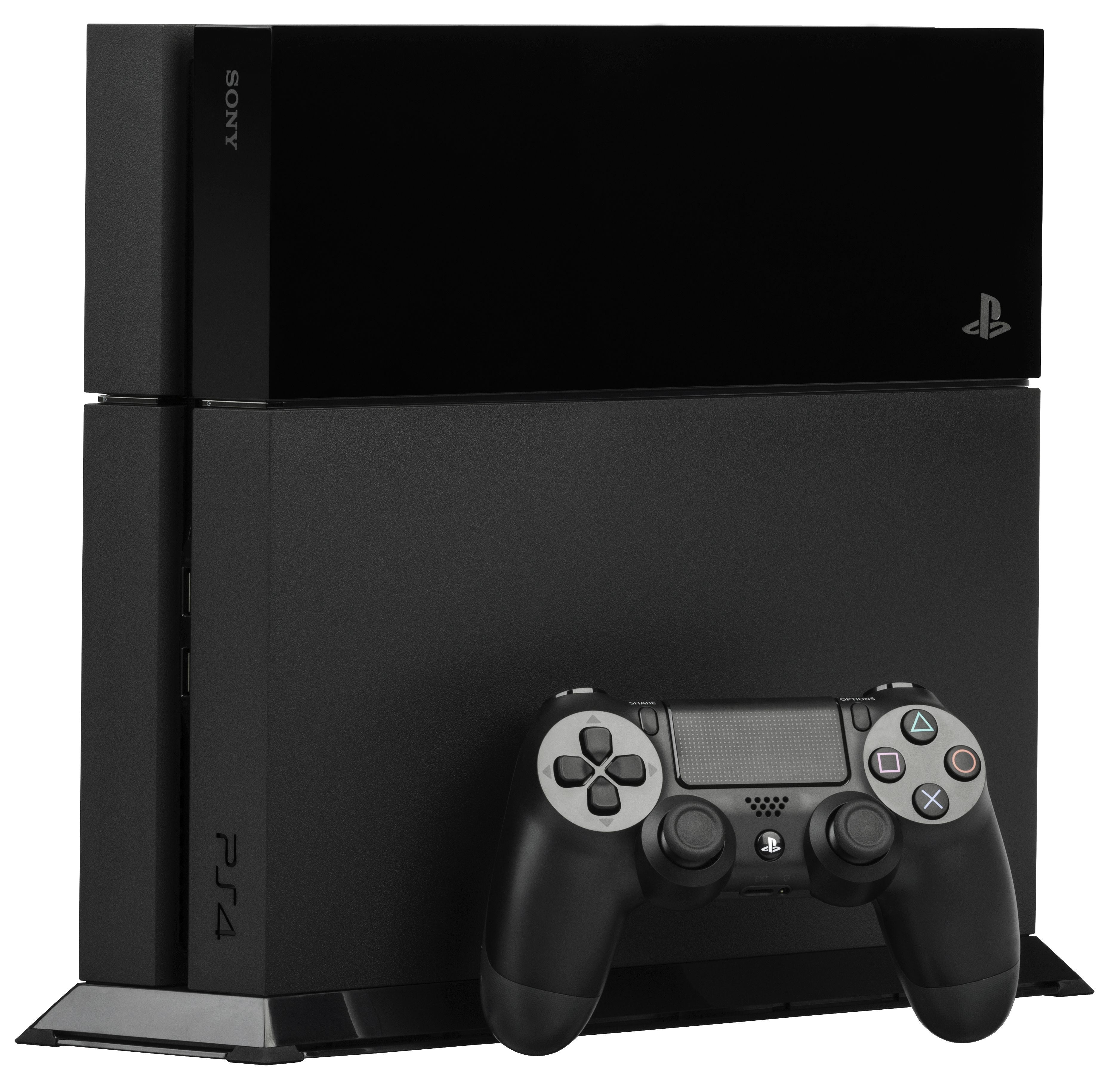
- Step 9: Scroll down and select “System” from the menu options.
- Step 10: Choose “Storage” from the submenu.
- Step 11: Select the hard drive you want to check.
- Step 12: Click on “Options” and choose “Check Drive for Errors.”
- Step 13: Allow the system to scan and repair any errors found on the hard drive.
- Step 14: Once the process is complete, restart your PS4.
- Step 15: Regularly clean and maintain your PS4 to prevent dust buildup and potential hard drive issues.
Ensure Proper Ventilation

1. Keep your PS4 in a well-ventilated area: Make sure there is enough space around the console to allow for proper airflow. Avoid placing it in enclosed spaces or crowded shelves.
2. Clean the vents regularly: Dust and debris can clog the vents, hindering the airflow. Use a vacuum cleaner or compressed air to remove any buildup on the vents.
3. Elevate your PS4: Placing your console on a stand or using a cooling fan can help improve airflow and prevent overheating.
4. Avoid blocking the intake and exhaust vents: Ensure that there are no obstructions like books, fabrics, or other objects blocking the vents.
5. Check the fan: If you notice that the fan is not working properly or making unusual noises, it may need to be replaced. Contact Sony support for assistance.
6. Monitor the temperature: You can use third-party software or check the system settings on your PS4 to monitor the console’s temperature. If it consistently runs hot, consider taking additional measures to improve ventilation.
Perform a System Reset
Performing a system reset on your PS4 can help solve slow and laggy menus, as well as freezing issues. Follow these steps to reset your PS4:
1. Turn off your PS4 completely.
2. Disconnect the power cord from the back of your PS4.
3. Wait for about 30 seconds before reconnecting the power cord.
4. Press and hold the power button on the front of your PS4 for at least 7 seconds until you hear a second beep. This will boot your PS4 into Safe Mode.
5. Connect your controller to the PS4 using a USB cable.
6. From the Safe Mode menu, select “Initialize PS4 (Reinstall System Software)”.
7. Follow the on-screen instructions to complete the system reset process.
8. After the reset, you will need to set up your PS4 again, including signing in to your PlayStation Network account.
Performing a system reset can help resolve software issues that may be causing your PS4 to be glitchy. However, it’s important to note that a system reset will delete all data on your PS4, including games, save data, and settings. Make sure to back up any important data before proceeding with the reset.
If the system reset doesn’t solve the issues, it may be worth considering other factors such as your internet connection, game updates, or hardware problems.
FAQ
How can I make my PS4 run better?
To make your PS4 run better, you can try the following methods:
1. Clean the dust: Regularly clean the vents and fan of your PS4 to prevent overheating and improve airflow.
2. Rebuild the database: Use the Safe Mode menu to rebuild the database, which can help improve system performance.
3. Free up storage space: Delete unnecessary games, apps, and files to create more space on your PS4’s hard drive.
4. Update system software: Keep your PS4’s software up to date to take advantage of performance improvements and bug fixes.
5. Use an Ethernet connection: Connect your PS4 directly to the router using an Ethernet cable for a more stable and faster internet connection.
6. Optimize display settings: Adjust the resolution and display settings on your PS4 to match your TV or monitor for better performance.
7. Limit background applications: Close any unnecessary applications running in the background to free up system resources.
8. Upgrade the hard drive: Consider upgrading to a faster and larger capacity hard drive to improve loading times and overall performance.
How do I stop my PS4 from stuttering?
To stop your PS4 from stuttering, you can try the following steps:
– Make sure your PS4 is updated with the latest software version.
– Check your internet connection and ensure it is stable.
– Close any unused applications or games running in the background.
– Clear the cache on your PS4 by turning it off and unplugging it for a few minutes.
– Adjust the display settings on your PS4 to a lower resolution or refresh rate.
– If the issue persists, you may need to consider contacting Sony support for further assistance.
Why is my PS4 so laggy?
Your PS4 may be laggy due to a slow internet connection, insufficient storage space, damaged hard drives, dust accumulation, or overheating.
How do I stop my PS4 from glitching?
To stop your PS4 from glitching, you can try troubleshooting steps like clearing the cache, updating the system software, checking for overheating, and ensuring proper ventilation.


